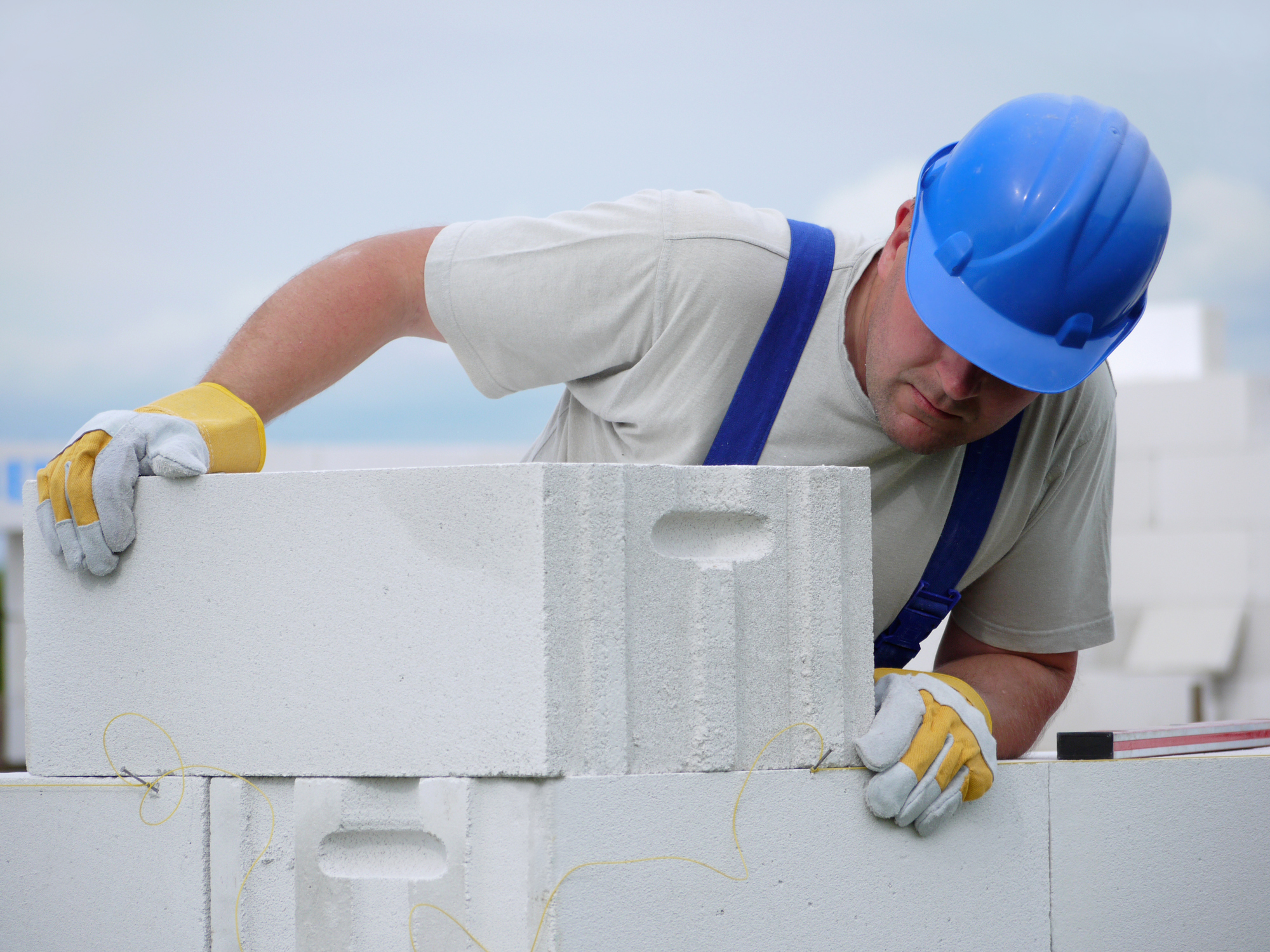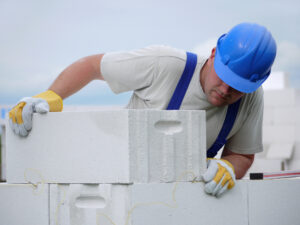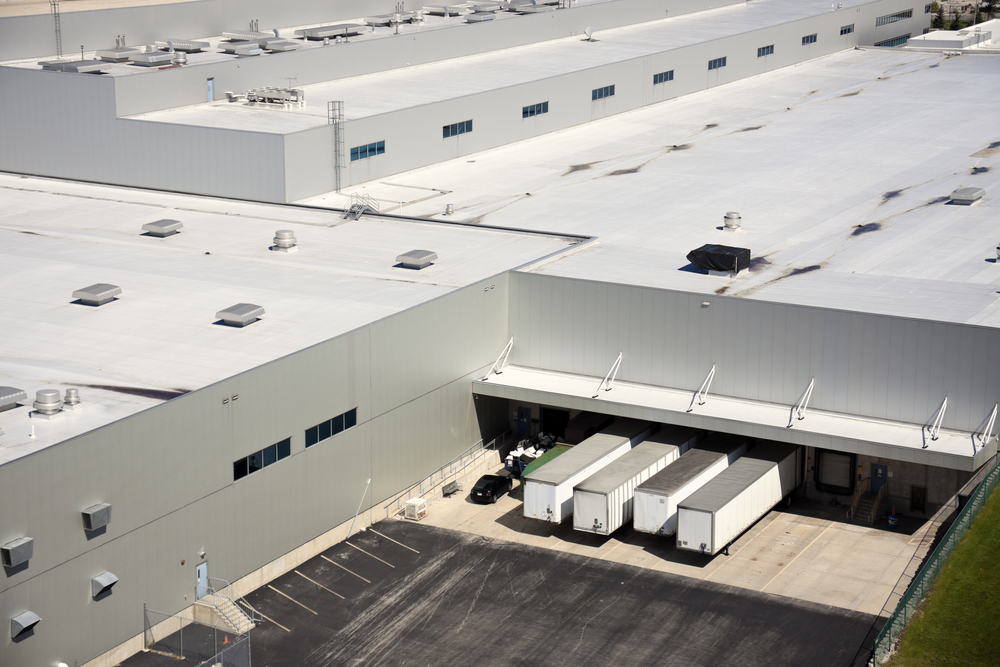
Spotting the Signs Telling You that a Masonry Inspection is Long Overdue
Properly installed and maintained masonry can give a structure a distinctly classic look. However, as is the case with all building materials, masonry brings with it its own unique set of issues to be dealt with. Poor care and maintenance can lead to unsightly issues in the present and eventually contribute to major structural issues in the future. Thus, the importance of following a routine masonry inspected inspection cannot be overstated.

What to Look For
Yet how are you to know that such an inspection is warranted? Simple: your structure will tell you. Noticing the signs of deterioration and wear in your masonry is your indication that problems could be brewing. Here are just a few potential issues to be on the lookout for:
- Cracks: Given that masonry is designed to expand and contract during the curing process, some cracking should be expected. However, anything other than small, tapering cracks should be a cause for concern. These can include horizontal cracks along walls, cracks in adjoining plaster or in floor slabs, or large cracks in the masonry piers.
- Corrosion: Even though the mortar used in masonry serves as a layer of protection from corrosion for the elements supporting it, penetrating moisture from cracks can lead to rust accumulation in the supporting rebar and collar joints. As rust increases the volume of these elements, accelerated expansion and cracking occurs, even to the point of exposing the support systems to the outside air.
- Spalling: The pitting of or breaking away of the concrete masonry itself is referred to as spalling. Not only does this take away from the aesthetics of a structure, but it can also be a precursor to damage to the supportive rebar inside the concrete.
- Efflorescence: Efflorescence describes the white stain deposits that buildup along the outside of a structure. These are the salt byproducts of evaporation of moisture that has penetrated into the masonry work. Over time, the tiny crystals in these deposits will expand, leading to external cracks.
Leave the Inspection to the Professionals
While noticing the signs of damage to masonry is an important step in its continued care, it’s only half of what’s required to maintain it. That visible damage could be due to a number of different factors. Only by pinpointing the exact cause are you able to address the problem and halt the deterioration. However, having a professional come out and perform an in-depth inspection will almost always give you all the information you need to properly diagnose and address your masonry issues.
Too many property managers in your same position allow visible signs of wear-and-tear to masonry go unattended for far too long. Ultimately, the consequence to such inaction is major repair expenses incurred by the property owner. Knowing the importance of scheduling a regular masonry inspected inspection and understanding the signs that could be indicating its necessity will go a long way to helping your employers avoid such costs. To schedule your next inspection, give Atlantic Restoration a call at 617-622-5946.
Contact Us
continue reading
Related Posts
Maintaining a reliable, sturdy roof and scheduling any necessary roof […]
When you are in the property management business, it is […]



